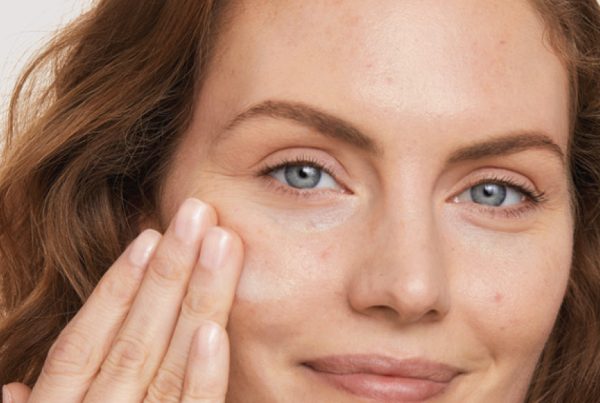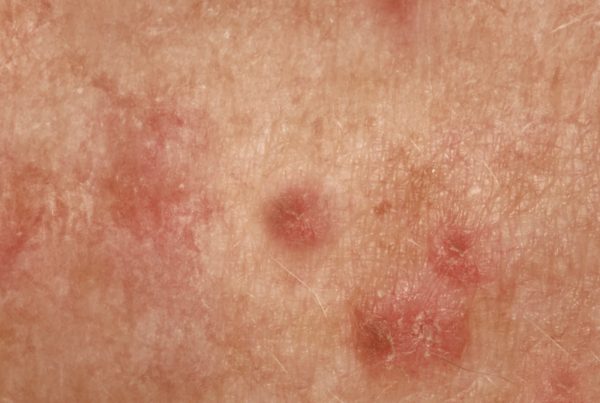
What is HA, and why is there so much interest in this substance?
We see a wide range of skincare products incorporating HA. So, what is HA, and why is there so much interest in this substance?
Hyaluronic acid (HA) is a glycosaminoglycan—a form of long-chain polysaccharide or sugar molecule. It has the remarkable ability to hold/trap 1000 times its weight in water. In the skin, it facilitates holding collagen and elastin fibers in the proper configuration. In aging skin, the connections with HA are reduced or lost, and collagen and elastin become disorganised. Additionally, HA content in aged skin is greatly reduced, particularly in the epidermis.
HA has many other properties, including anti-aging, anti-cancer, anti-inflammatory, and wound healing and tissue repair qualities. HA, as a topical preparation, has repeatedly shown significant reduction of skin wrinkles, skin roughness, and improved skin elasticity. HA, as an injectable, has been used for many years as a volumizing agent but has more recently been shown to increase the production of collagen and elastin in the skin.
HA is also complementary to many other treatments. It assists in healing after other procedures such as laser resurfacing. It augments results from other rejuvenation procedures such as PRP (platelet-rich plasma) injections.
Topical hyaluronic acid has the added benefits of very good tolerability with low allergic potential.




